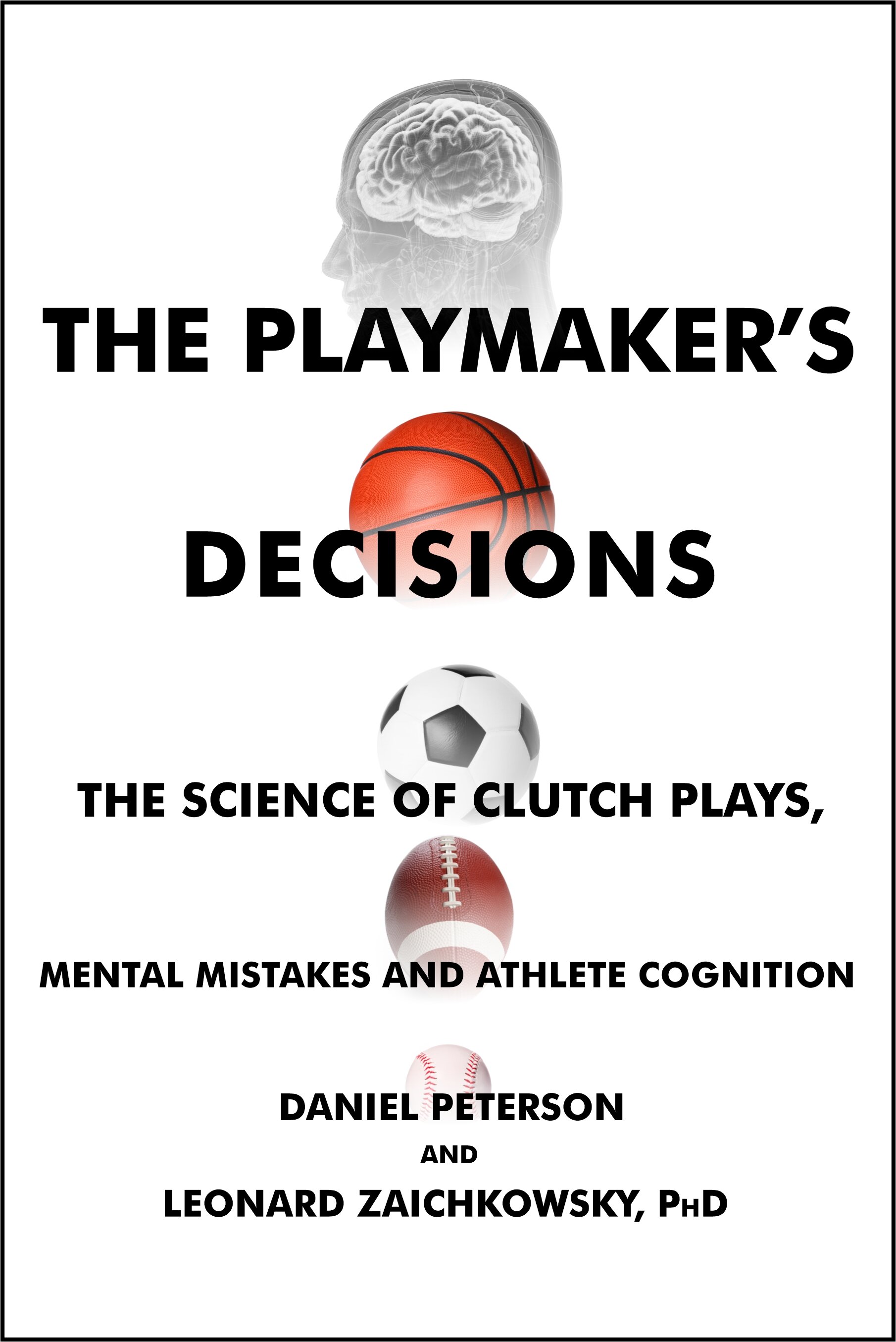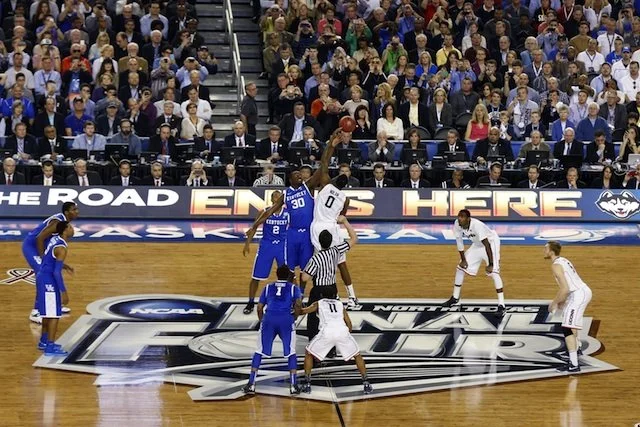Rotate It Like Ronaldo?
/"Rotate it like Ronaldo" just doesn't have the same ring to it as "Bend it like Beckham", but the curving free kick is still one of the most exciting plays in soccer/football. Starting with Rivelino in the 1970 World Cup and on to the specialists of today, more players know how to do it and understand the basic physics behind it, but very few can perfect it. But, when it does happen, by chance or skill, it is the highlight of the game.
But let's take a look at this from the other side, through the eyes of the goalkeeper. Obviously, its their job to anticipate where the free kick is going and get to the spot before the ball crosses the line. He sets up his wall to, hopefully, narrow the width of the target, but he knows some players are capable of bending the ball around or over the wall towards the near post. If you watch highlights of free kick goals, you often see keepers flat-footed, just watching the ball go into the top corner. Did they guess wrong and then were not able to react? Did they guess right but misjudged the flight trajectory of the ball. How much did the sidespin or "bend" affect their perception of the exact spot where the ball will cross the line? To get an idea of the effect of spin, here's a compilation of Beckham's best free kick goals (there's a 15 second intro, then the highlights) :
Researchers at Queen's University Belfast and the University of the Mediterranean in France tried to figure this out in this paper. They wanted to compare the abilities of expert field players and expert goalkeepers to accurately predict if a free kick would result in an on-target goal or off-target non-goal. First, a bit about why the ball "bends". We can thank what's called the "Magnus Force" named after the 19th-century German physicist Gustav Magnus. As seen in the diagram below, as the ball spins counter clockwise (for a right-footed player using his instep and kicking the ball on the right side), the air pressure on the left side of the ball is lower as the spin is in the same direction as the oncoming air flow. On the right side of the ball, the spin is in the opposite direction of the air flow, building higher pressure. The ball will follow the path of least resistance, or pressure, and "bend" or curve from right to left. The speed of the spin and the velocity of the shot will determine the amount of bend. For a clockwise spin, the ball bends from left to right.

The researchers showed the players three different types of simulated kicks, a kick bent to the right, a kick bent to the left and a kick with no spin at all. They showed the players these simulations with virtual reality headsets and computer controlled "kicks" and "balls" which they could vary in flight with different programming. The balls would disappear from view at distances of 10 and 12.5 meters from the goal. The reasoning is that this cutoff would correspond with the deadline for reaction time to make a save on the ball. In other words, if the keeper does not correctly guess the final trajectory and position of the ball by this point, he most likely will not be able to physically get to the ball and make the save.

The results showed that both the players and the keepers, (all 20 were expert players from elite clubs like AC Milan, Marseille, Bayer Leverkusen, Schalke 04), were able to correctly predict the result of the kicks with no spin added. However, as 600 RPM spin, either clockwise or counter-clockwise, was added to the ball, the players success declined significantly. Interestingly, the keepers did no better, statistically, then the field players. The researchers conclusion was that the players used the "current heading direction" of the ball to predict the final result, rather than factoring the future affect of the acceleration and change in trajectory caused by the spin.
Just as we saw in the Baseball Hitting post, our human perception skill in tracking flying objects, especially those that are spinning and changing direction, are not perfect. If we understand the physics of the spinning ball, we can better guess at its path, but the pitcher or the free kick taker doesn't usually offer this information beforehand!
Craig, C.M., Berton, E., Rao, G., Fernandez, L., Bootsma, R.J. (2006). Judging where a ball will go: the case of curved free kicks in football. Naturwissenschaften, 93(2), 97-101. DOI: 10.1007/s00114-005-0071-0































